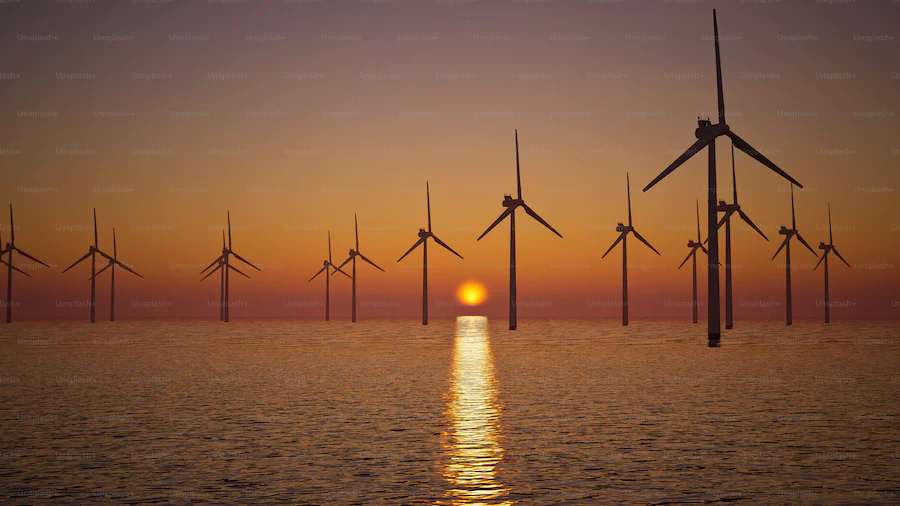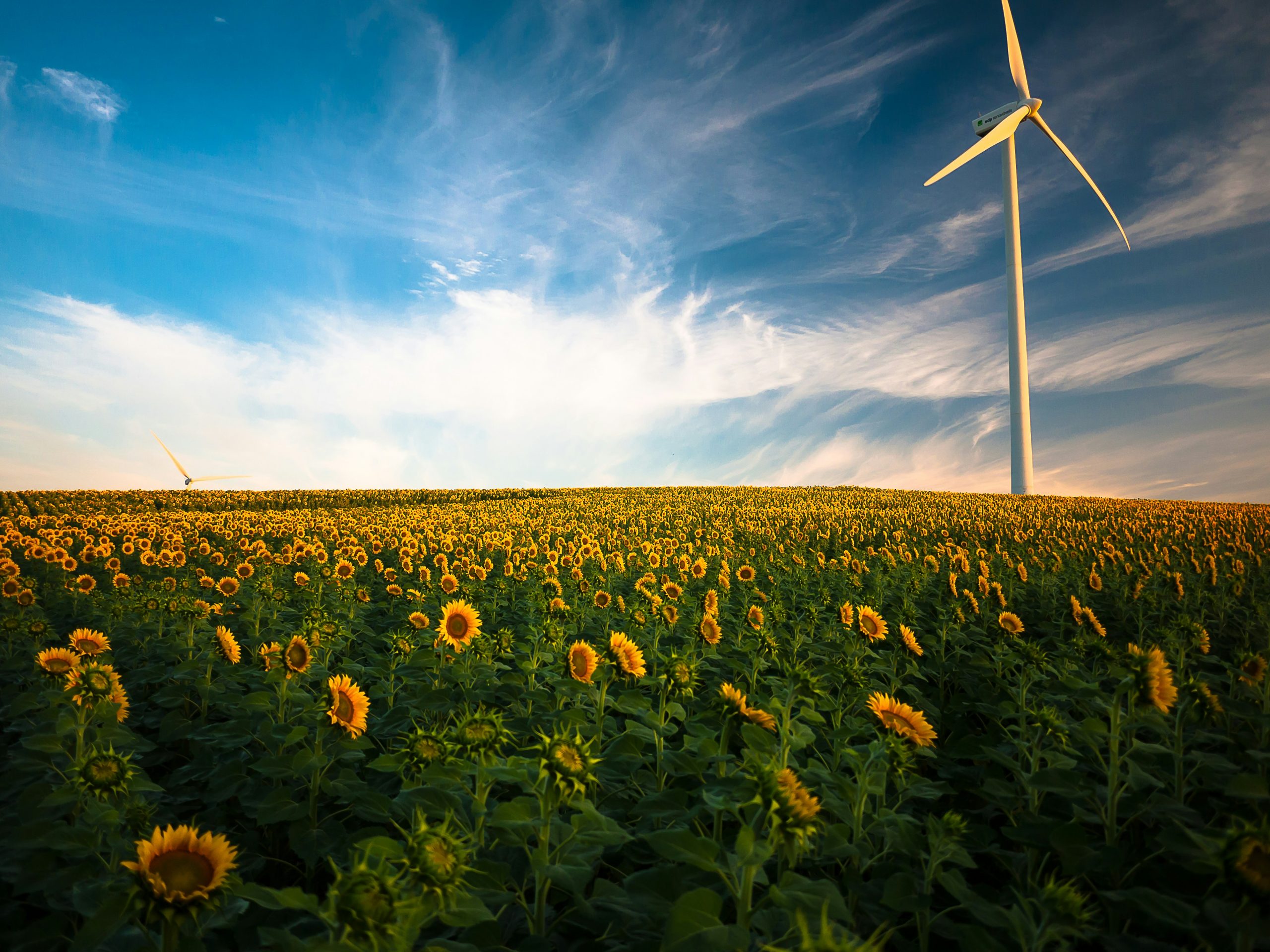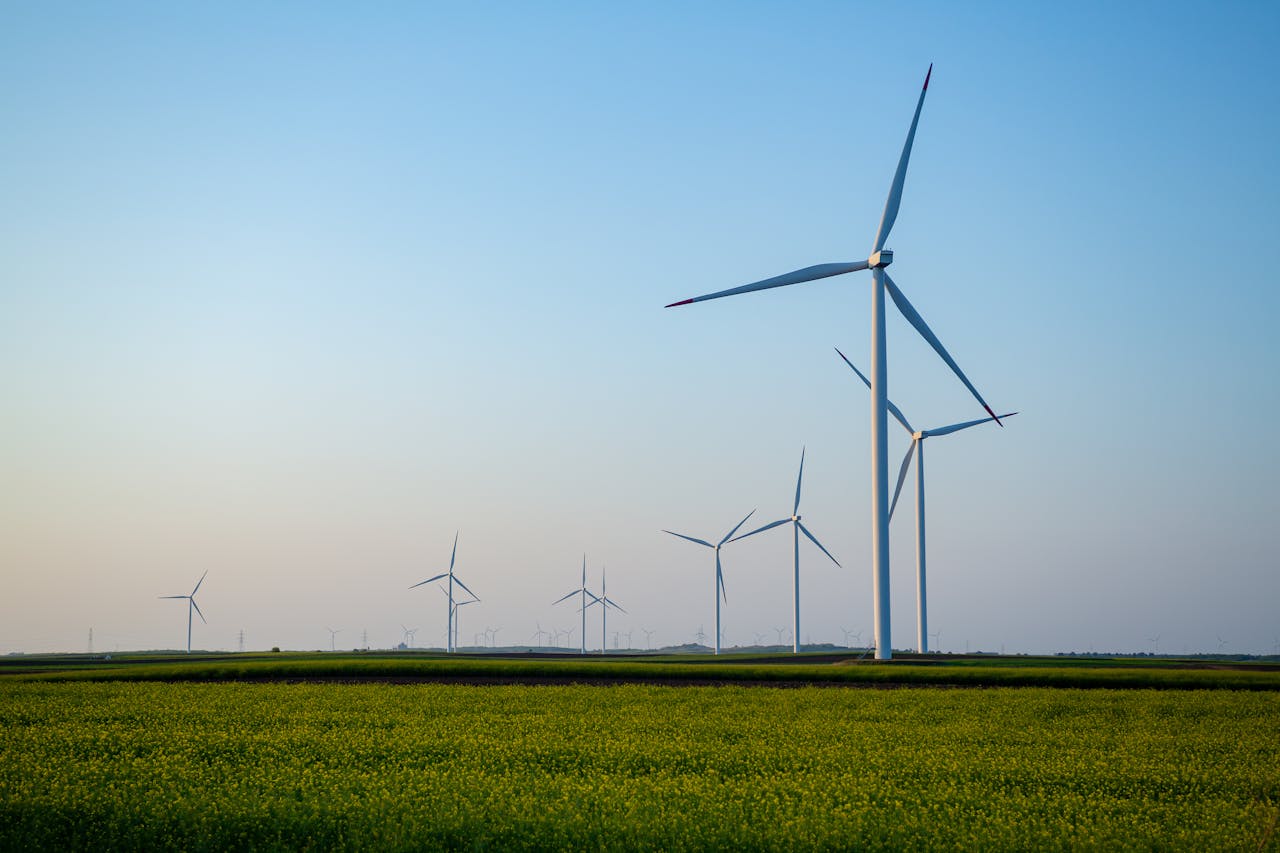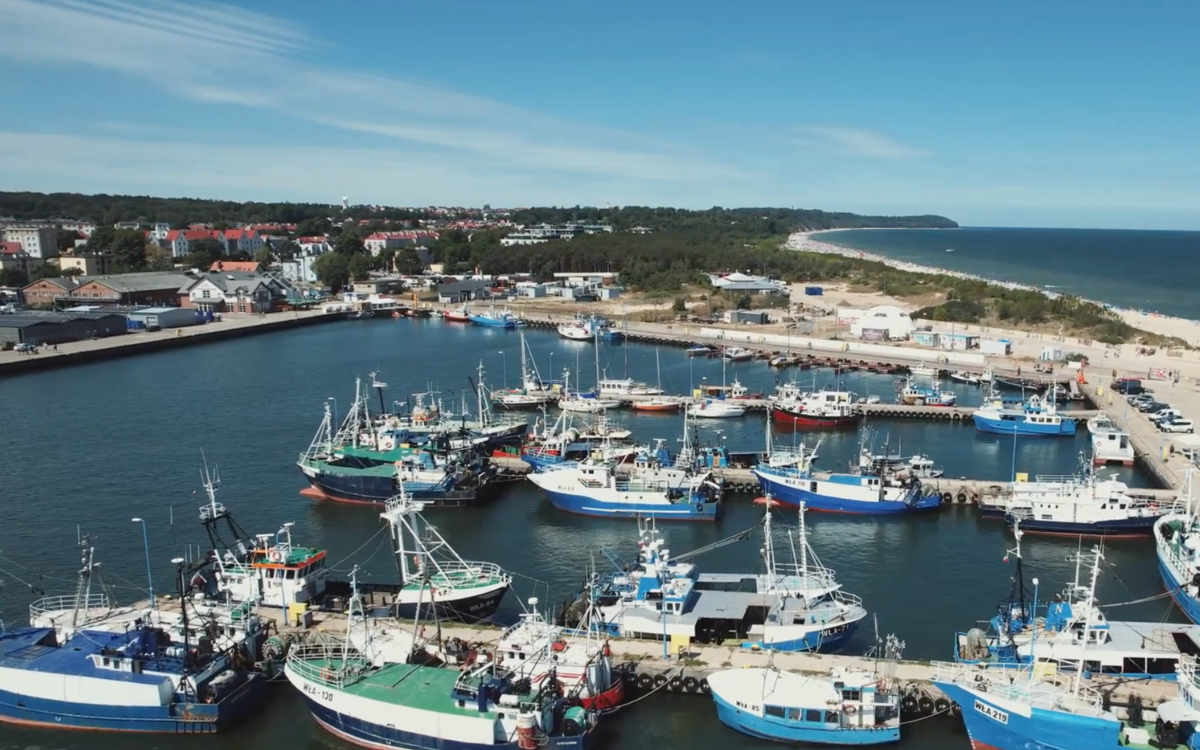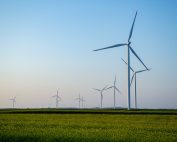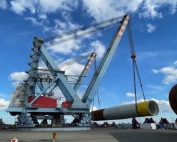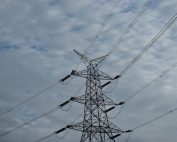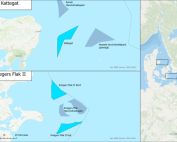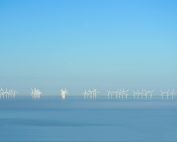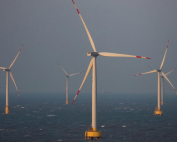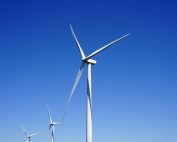Sven Utermöhlen, CEO of RWE Offshore Wind GmbH, sheds light on the imperative need to address grid congestion challenges in Germany, which resulted in the wastage of over 4,000 GWh of offshore electricity in 2022 – an amount exceeding the annual consumption of all households in Berlin.
Main Insights:
1. Grid congestion in Germany led to the loss of over 4,000 GWh of offshore electricity in 2022, emphasizing the critical need for efficient solutions in the renewable energy sector.
2. The German government’s proposed “Use, Don’t Curtail” principle offers an innovative auction model to utilize surplus renewable energy volumes effectively.
3. Clear definitions of additional loads, certification of marketed electricity as green, and resolution of logistical challenges are essential for the successful implementation of the “Use, Don’t Curtail” approach.
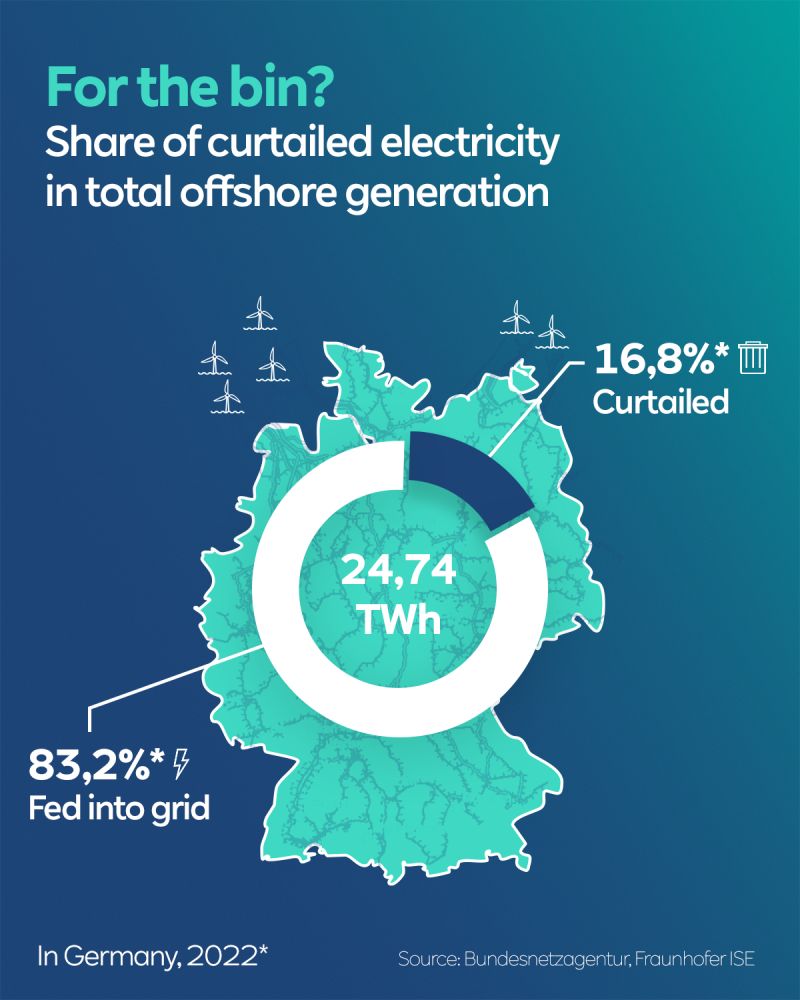
Comment published on LinkedIn by Sven Utermöhlen
Over 4.000 GWh of offshore electricity was wasted due to grid congestion in Germany in 2022. That is more than the equivalent of electricity consumption of all households in Berlin.
Currently, situations regularly arise in Germany in which generated green electricity cannot be used because the grid is overloaded. In such cases, renewable energy plants, mostly offshore, are curtailed, meaning the electricity produced is simply lost or, in technical jargon, “redispatched”. The expansion of grid capacity must therefore be a top priority, but this will take time.
As an intermediate solution, a more efficient use of precious renewable energy is needed. The German government’s potential introduction of the “Use, Don’t Curtail” principle could pose a solution.
The idea is to implement an auction model in which transmission system operators can auction off the predicted redispatched electricity volumes from renewable energy to operators of additional and flexible loads, like power-to-heat plants or electrolysers. In this way, the surplus energy will be used to forge a climate-neutral energy supply system. Batteries can also make a contribution here as an important technology for the energy transition and should be taken into account.
However, some detailed aspects are still unclear and certain prerequisites must be met for success, such as the clear definition of the additional loads so that no false incentives are created. Furthermore, the marketed electricity should be certified in such a way that the hydrogen produced is considered green. And there are still questions regarding relief regions, levies and grid charges, as well as the predictions of redispatched electricity volumes that must be resolved.
Still, this “Use, Don’t Curtail” approach definitely points the way forward. And if implemented correctly, it could be a great boost for an efficient and climate-neutral energy system. Because one thing is clear: green electricity is too good to go.
